
What roles did protective styles play in resistance during historical oppression?
Protective styles served as covert communication, cultural preservation, and defiant self-expression during historical oppression, deeply rooted in textured hair heritage.
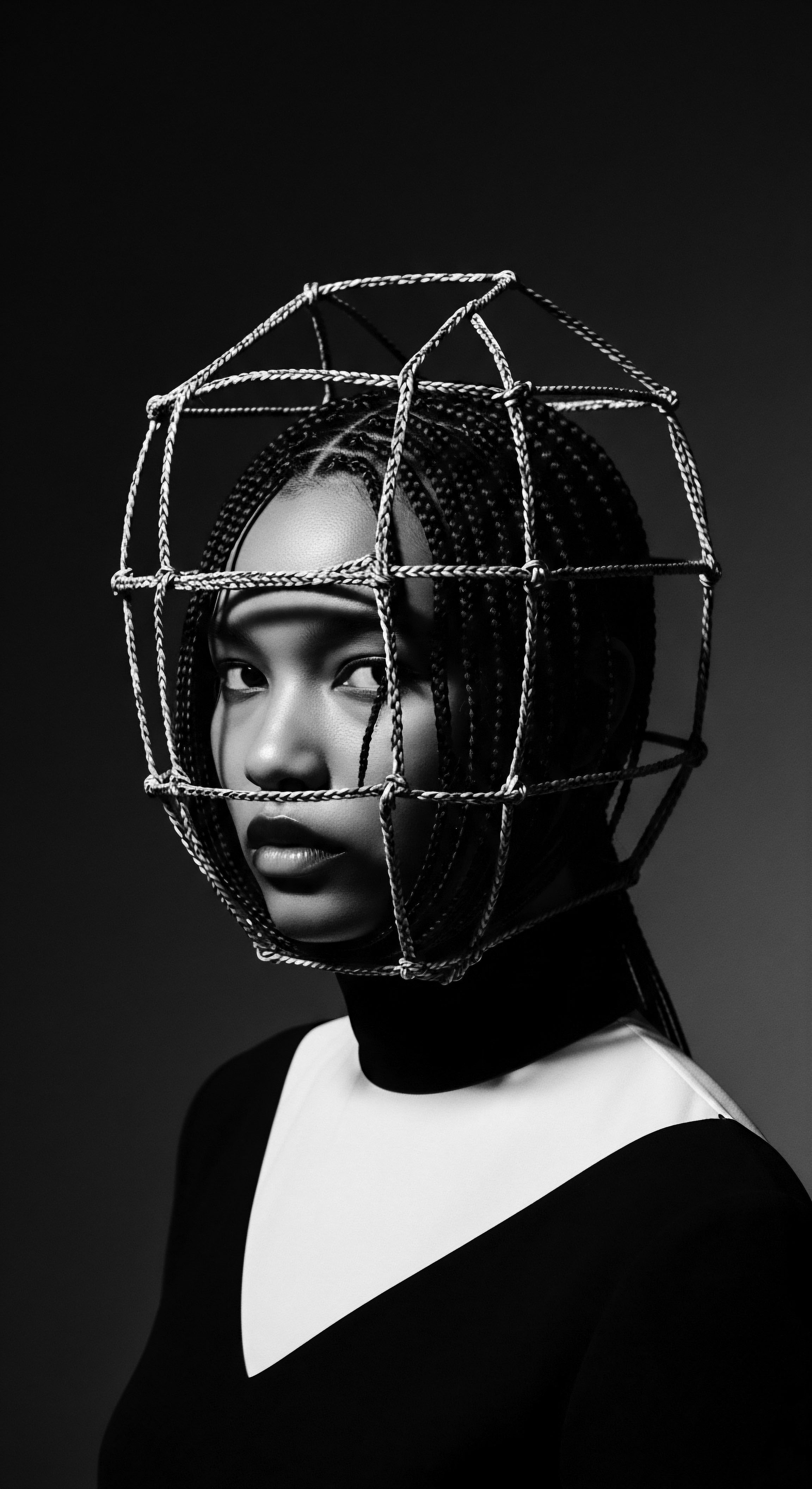
What role did textured hair play in identity movements across the diaspora?
Textured hair played a central role in identity movements by acting as a powerful symbol of heritage, cultural resistance, and self-affirmation.
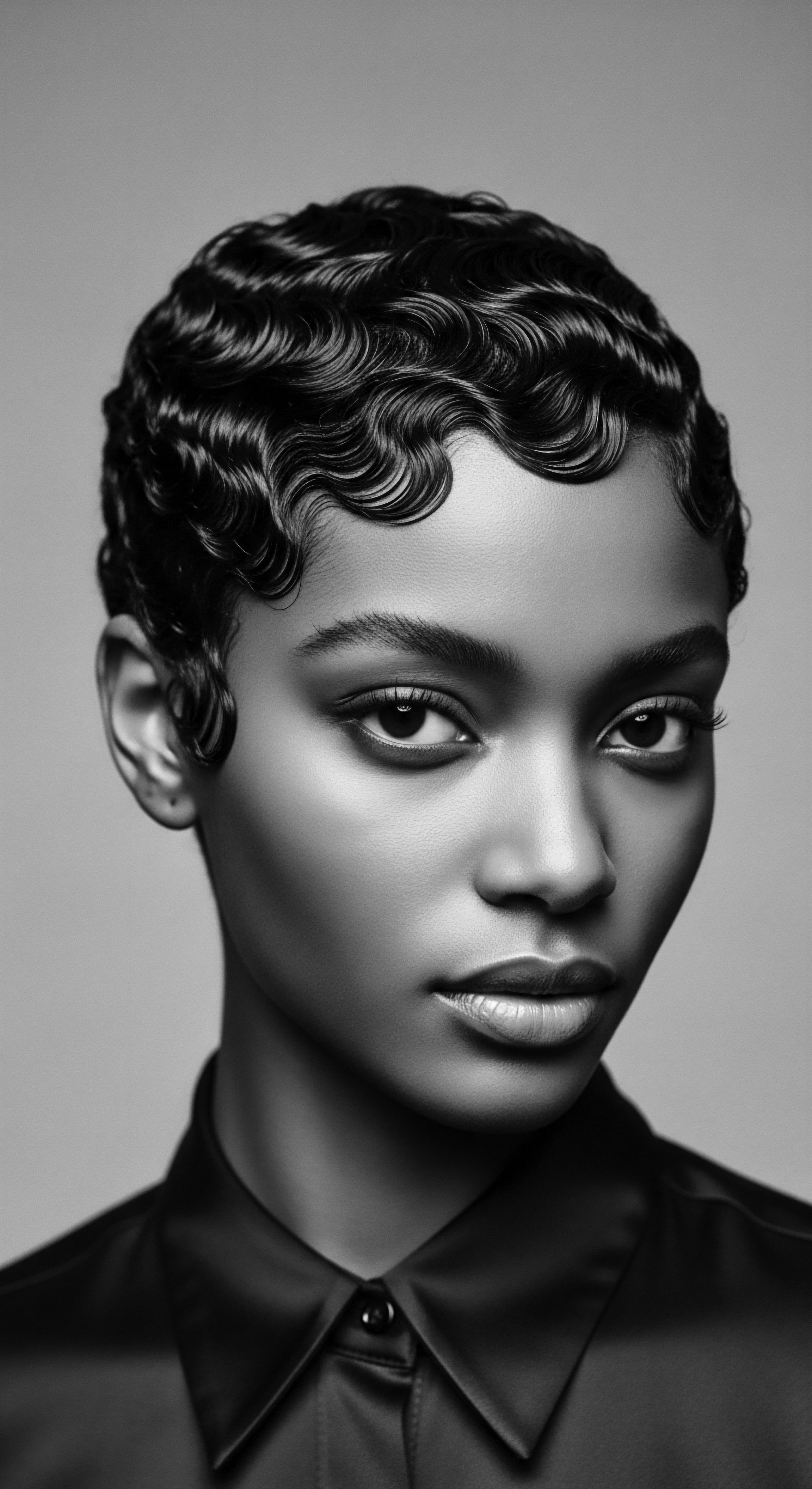
How does textured hair reflect cultural heritage and identity?
Textured hair mirrors identity and heritage through its ancestral care, symbolic styling, and history of cultural resistance.

Why did textured hair care rituals become acts of cultural resistance?
Textured hair care rituals became cultural resistance through generations preserving identity and defying imposed standards.
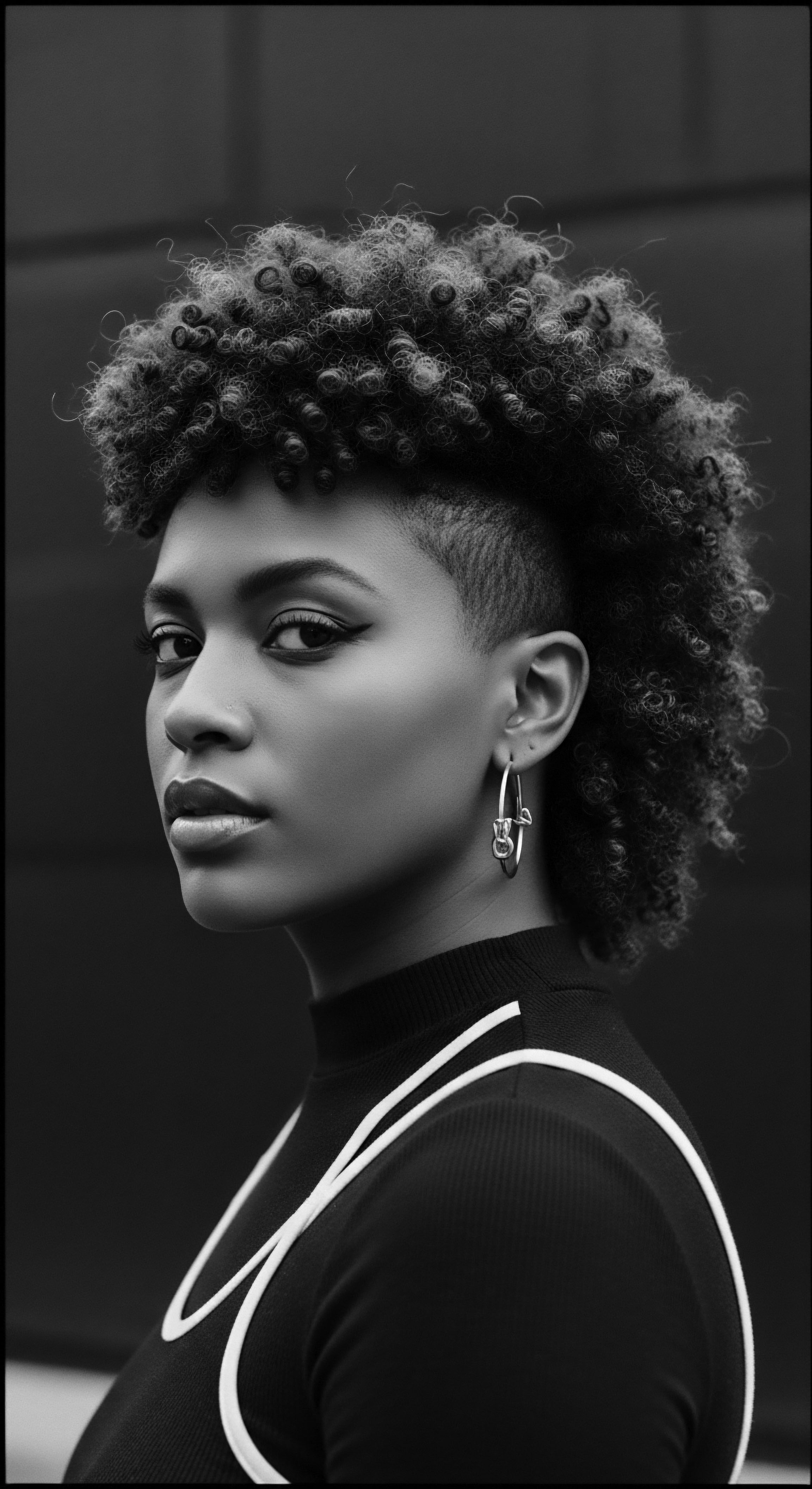
How did societal pressures impact textured hair choices over time?
Societal pressures have compelled textured hair choices, pushing for conformity while also sparking resilient expressions of heritage and identity.
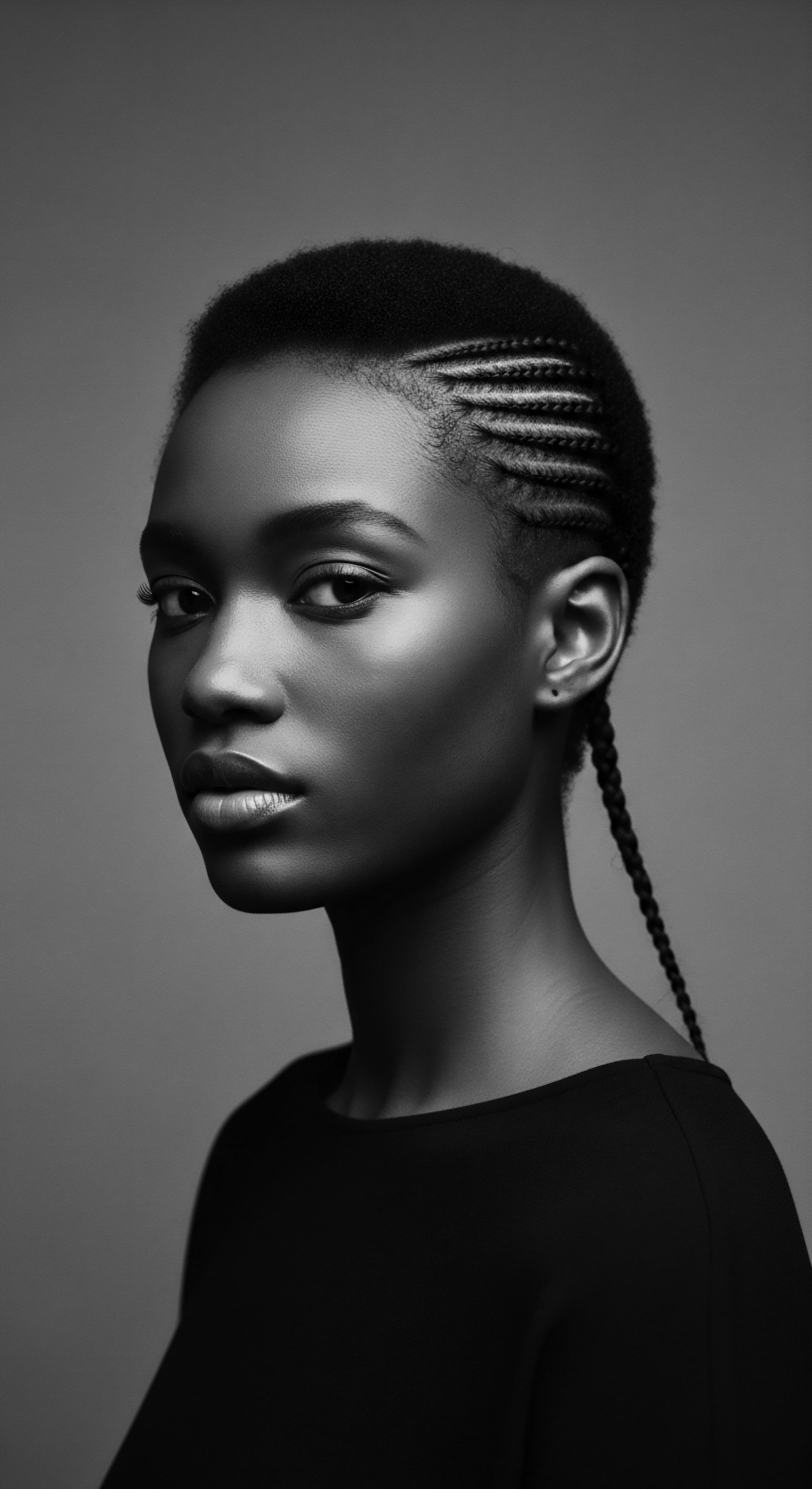
How did textured hair symbolize defiance during historical oppression?
Textured hair symbolized defiance through ancestral practices like coded braids and natural styles, asserting identity and heritage against oppression.

Rastafari Hair Culture
Meaning ❉ The Rastafari Hair Culture is a profound socio-spiritual practice of cultivating locks, embodying a reclamation of Black identity and resistance against colonial norms.
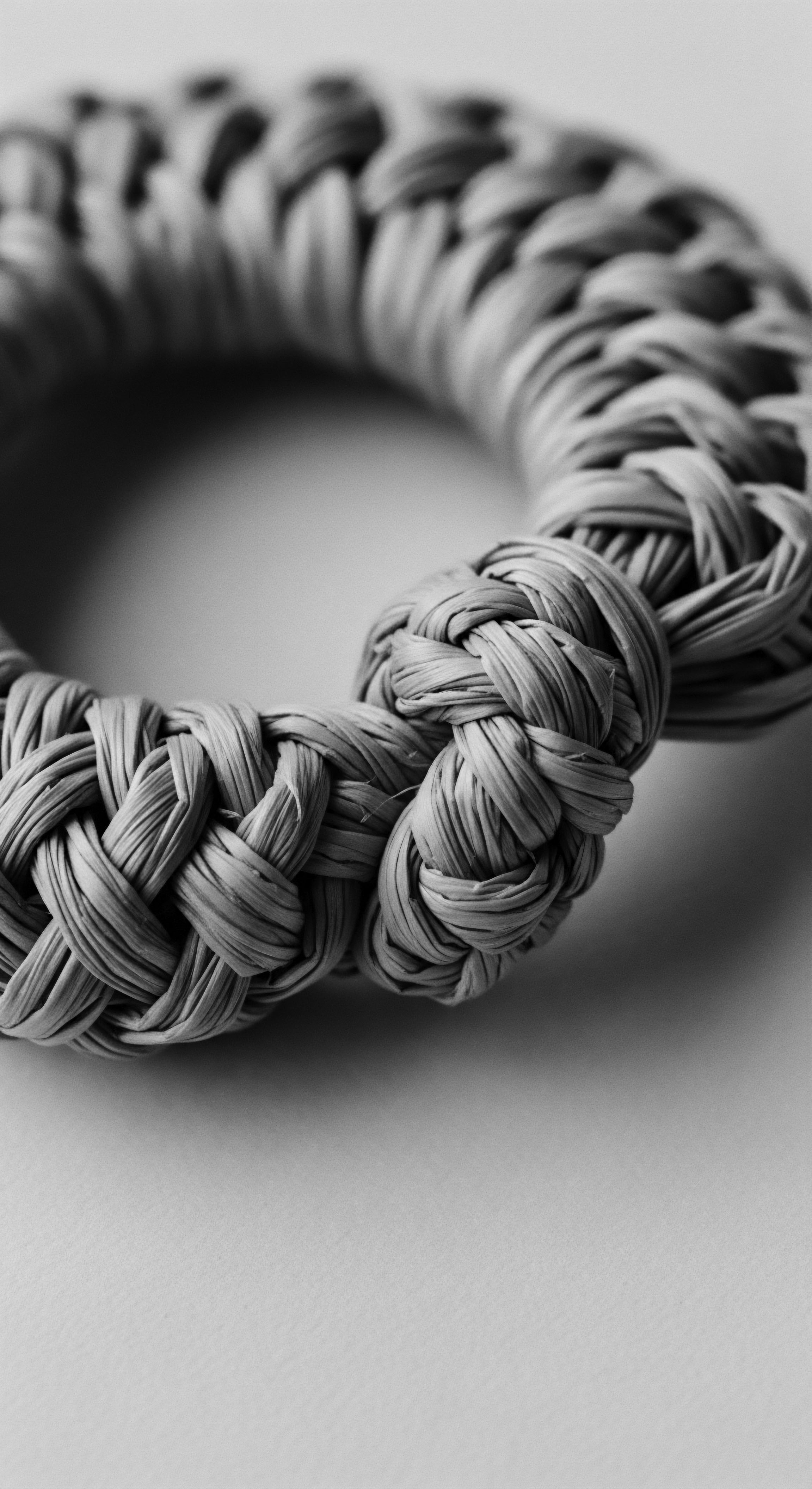
Can textured hair truly convey historical messages and cultural resistance?
Textured hair is a living historical text, its forms and care reflecting enduring cultural heritage and profound acts of resistance.

Why did sumptuary laws target Black women’s hair heritage?
Sumptuary laws targeted Black women's hair heritage to control identity, enforce racial hierarchy, and suppress perceived social threat.

How did textured hair maintain cultural connection?
Textured hair maintained cultural connection through its role as a living archive of identity, resistance, and ancestral wisdom.

Why does textured hair continue to signify resistance in modern times?
Textured hair signifies resistance through its deep historical connection to ancestral identity, cultural preservation, and ongoing defiance of imposed beauty standards.

How do adornments on textured hair communicate resistance?
Adornments on textured hair communicate resistance by visibly asserting cultural identity, preserving heritage, and defying imposed beauty standards.
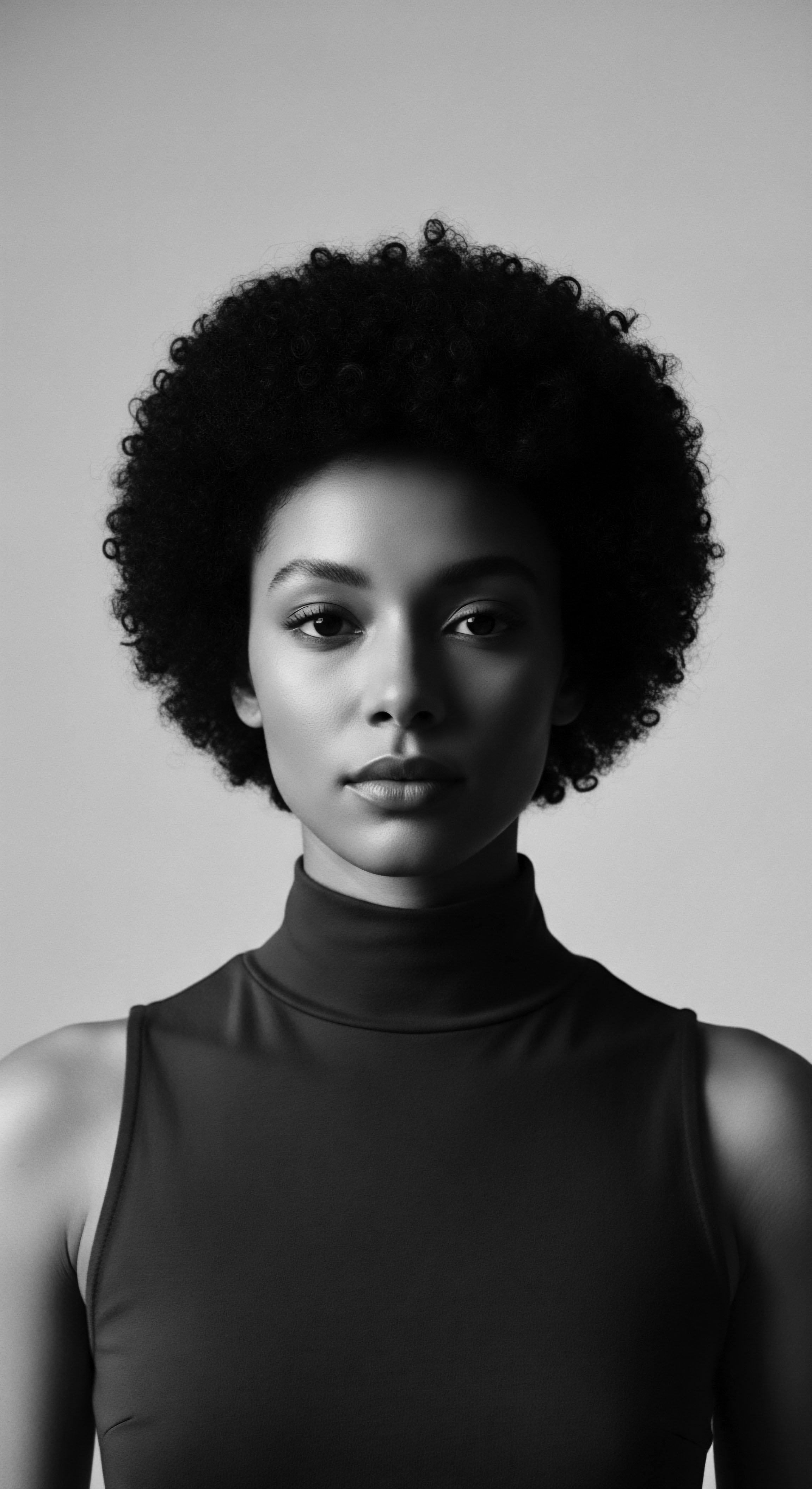
What specific laws suppressed textured hair expression historically?
Historical laws and social dictates suppressed textured hair expression by enforcing Eurocentric beauty standards.

How did protective styling aid survival during the transatlantic slave trade?
Protective styling during the transatlantic slave trade became a vital survival tool, safeguarding physical hair health while serving as a covert medium for communication and identity preservation, deeply rooted in textured hair heritage.

What historical examples show hair as cultural resistance?
Hair served as a tool for cultural resistance through coded styles, hidden messages, and identity assertion, preserving textured hair heritage.
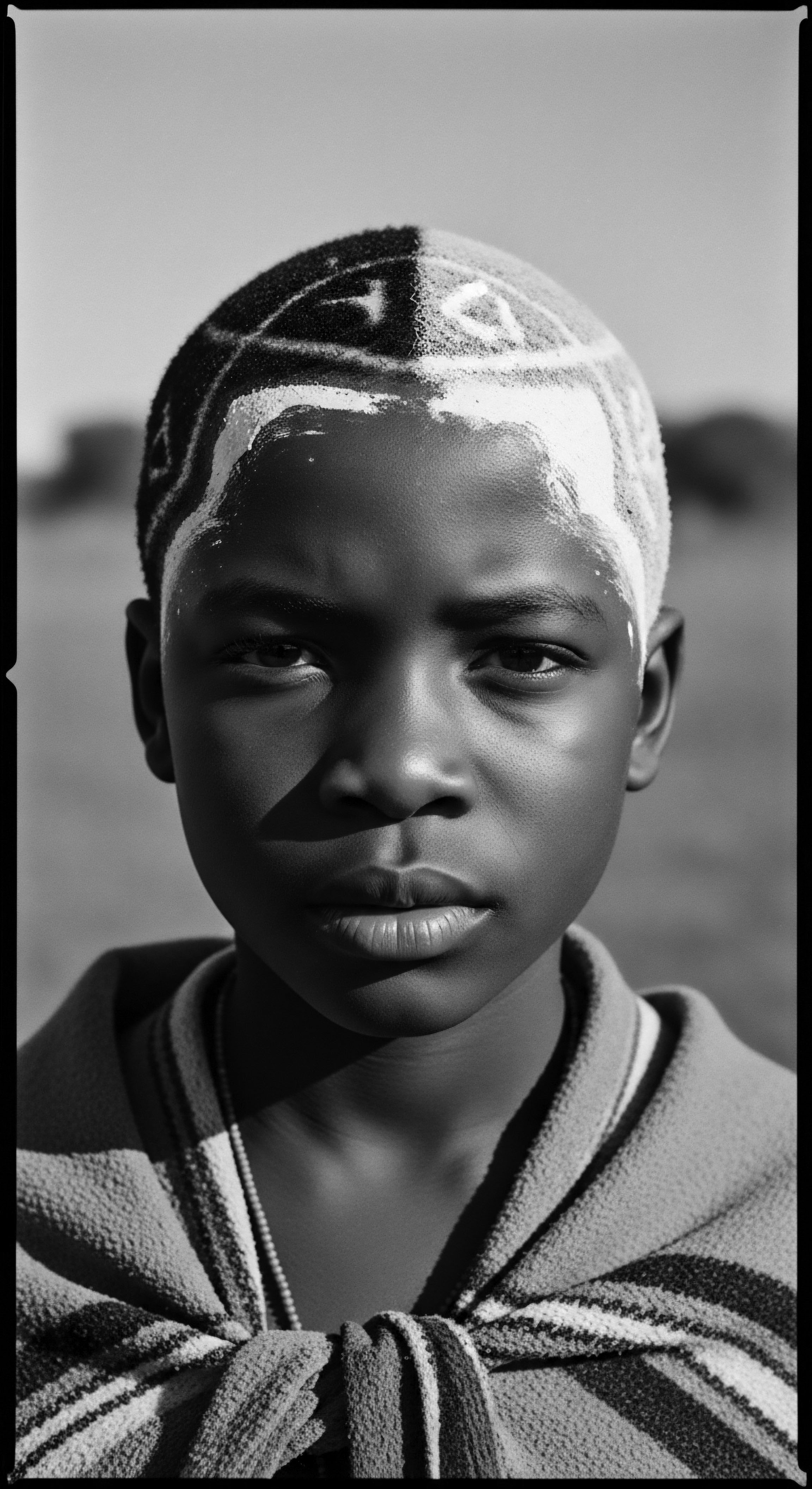
Did Tignon Laws inadvertently strengthen Black women’s hair identity?
The Tignon Laws inadvertently strengthened Black women's hair identity by transforming forced concealment into a powerful expression of cultural heritage and resistance.
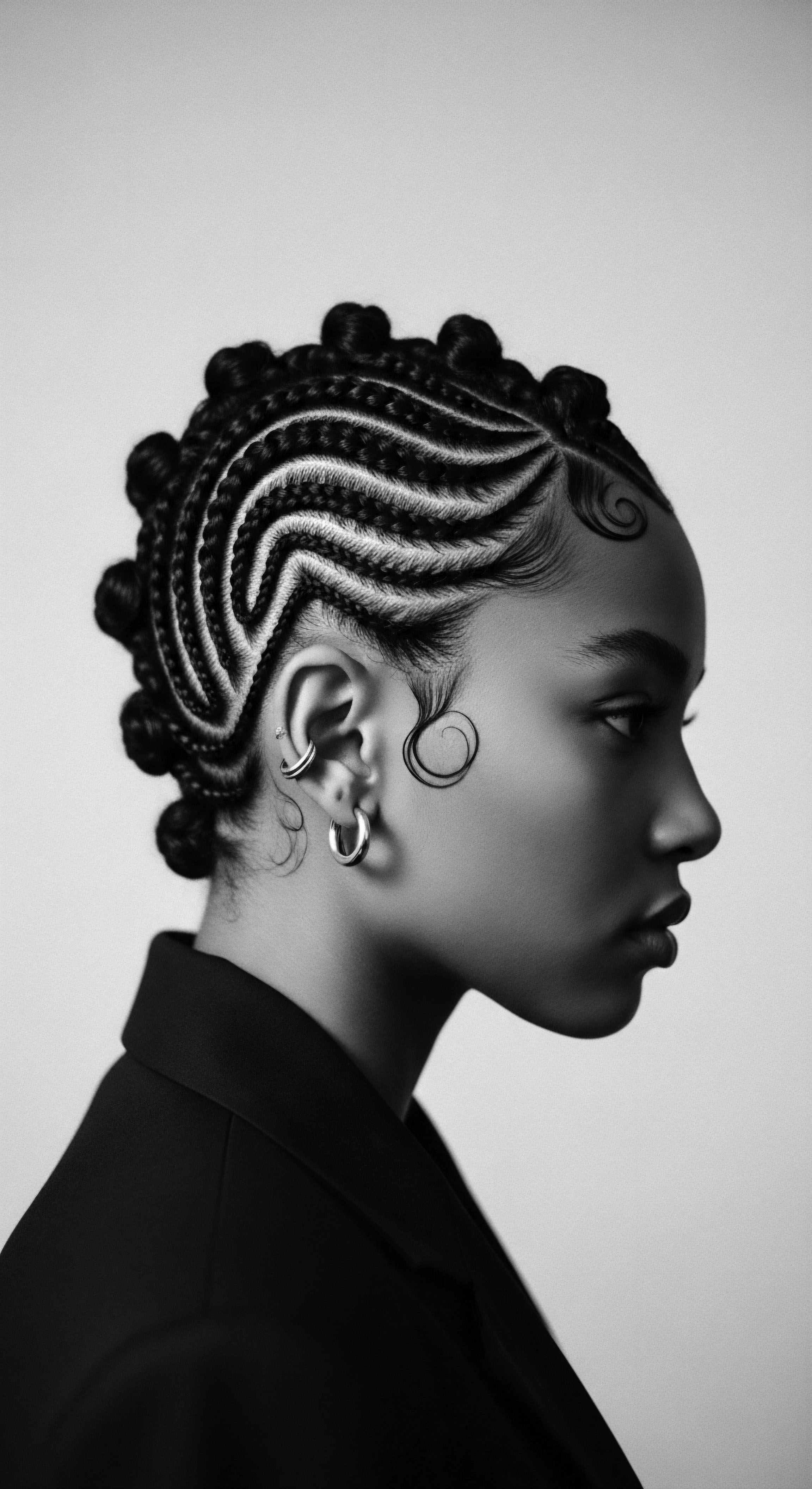
What historical impact did Tignon Laws have on Black hair?
The Tignon Laws, designed to oppress, paradoxically spurred Black women to transform head-wraps into symbols of cultural pride and enduring textured hair heritage.

